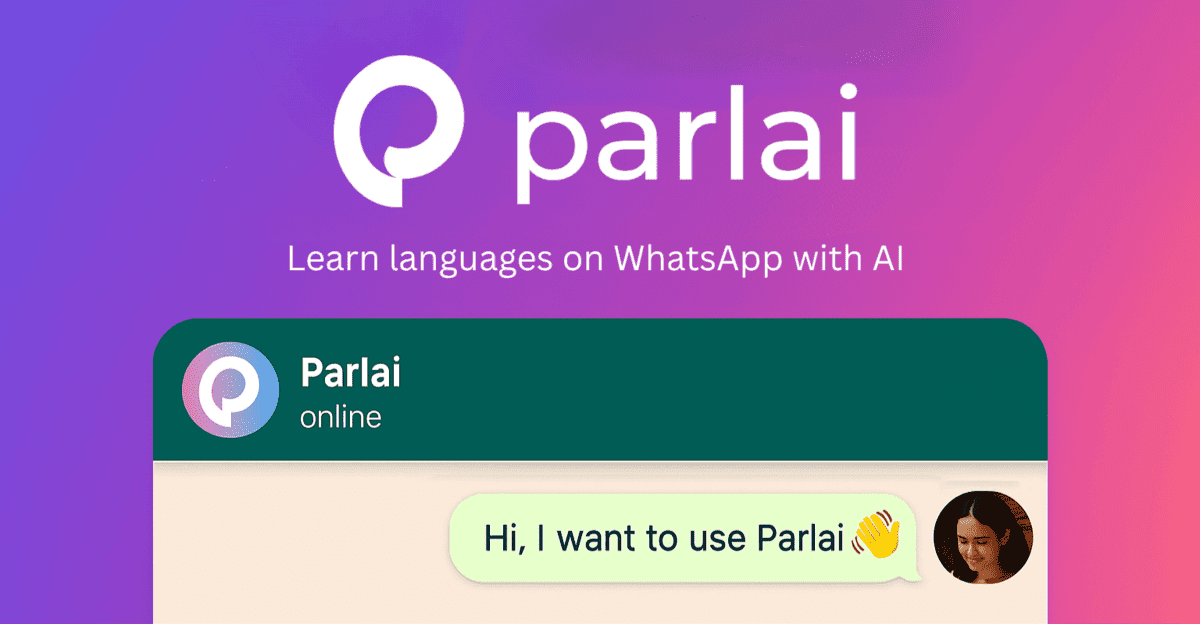How to Learn Spanish: A Complete Beginner's Guide
Nina Authried
2 min read

Practice with Parlai on WhatsApp
Get instant speaking and listening drills, anytime.
Table of Contents
Starting Spanish? Keep it simple, consistent, and conversational. Here’s the beginner plan that works.
Mindset
- Mistakes are reps—use them.
- Progress over perfection—celebrate small wins.
- Make it relevant—learn what you’ll actually say.
Essentials First
- Pronunciation basics: ñ, rr, ll, j, silent h.
- 1000 high‑frequency words cover most conversations.
- Ser vs. estar: ser = identity; estar = state.
- Articles and gender: learn by pattern + exceptions in context.
Learn by Patterns (Not Rules)
- Master present tense first.
- Practice core frames:
- Soy + adjetivo (Soy alto)
- Tengo + sustantivo (Tengo un perro)
- Quiero + infinitivo (Quiero comer)
Daily Routine (30–45 min)
- 10 min: spaced repetition (phrases you’ll use)
- 10–15 min: comprehensible input (video/podcast/reader)
- 10–15 min: speaking (AI or partner) using today’s items
Immersion, Light and Easy
- Switch phone to Spanish, follow Spanish creators.
- Watch with EN → ES → no subtitles over time.
- Use music and podcasts to fill dead time.
Common Pitfalls
- Translating word‑for‑word—think in Spanish patterns.
- Grammar‑only study—speak from day one.
- Trying everything at once—layer slowly.
Tech That Helps
- AI tutor in WhatsApp (Parlai) for 24/7 conversation + feedback.
- Reference sites for quick lookups, YouTube for targeted lessons.
Start Now
You don’t need perfect resources—just today’s 30 minutes. Speak, listen, review, repeat. Try Parlai and make your first conversation happen now.
Related Articles
Join 10,000+ learners
Ready to Start Your Language Learning Journey?
Join thousands of learners who are already improving their language skills with Parlai.
Start Learning Now
Available 24/7 on WhatsApp
